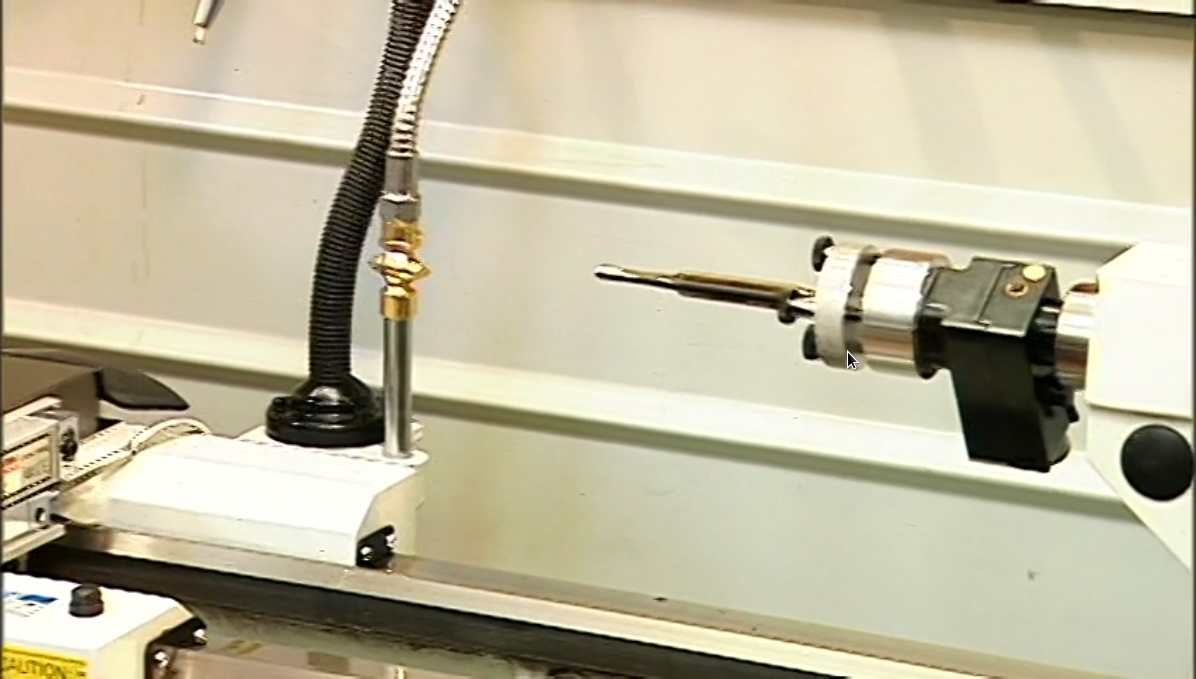A lathe doesn't really need leveling at all. They'd work just as well bolted down to a wall. What it does need that most don't really understand is to have the bedway's in the same position they were originally ground and/or scraped to. Getting a lathe "level" is just the easiest method of getting everything true much like it was set up and ground/scraped to since that's an industry standard that bedway or slideway grinders are precision aligned using levels, lasers, etc. Machine tool scrapers also use very high precision levels to keep there work true. Again that "level" is just a verifiable method to get a machine to the same state it was when it was ground and/or scraped. What you want is to have a machine in a "relaxed" condition. No stress or twist on the bed at all.
But.................even very a high precision Mitutoyo level won't get or give you a 100% exact alignment. It does and will give you a excellent starting point for further but very minor tweaking.Due to the stack up of tollerance's in any machine that has clearances to allow anything to move, and no matter how expensive it is, even dead on and perfect leveling or as close as you can get to it with even a super accurate level will not give you a taperless cut end to end on the full travel on any lathe even with a brand new machine.
I started with a little Emco Compact 5 lathe and bolted it down to a 1" thick 27" x 12" steel plate. Then used screw adjustments and leveled it to agree EXACTLY with my Mit. level. I still had to make some trial cuts and then some very minor but critical screw adjustments to bring my little lathe into turning true over almost 12" in length.I have had it within 2/10ths but obviously without a temperature controlled room and with my wooden built shop floor it was only really accurate and stable for a very few hrs if I was super lucky.But I sure did learn a hell of a lot with what I did though.
There's WAY too much misunderstanding on all of these forums about this subject.Yes it's not exactly cheap, but I highly recommend "Machine Tool Reconditioning". It will put you to sleep and was written in the 1950's and it still sells for almost $100.00. However there hasn't been anything written since to replace it. It will give you just the start of a understanding of just how clean,lubed, and then how important machine tool alignment is.Even if I never? rebuild any machine tool I consider it one of the best investment's I've made for my shop.
Pete




